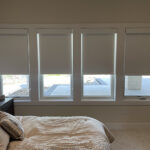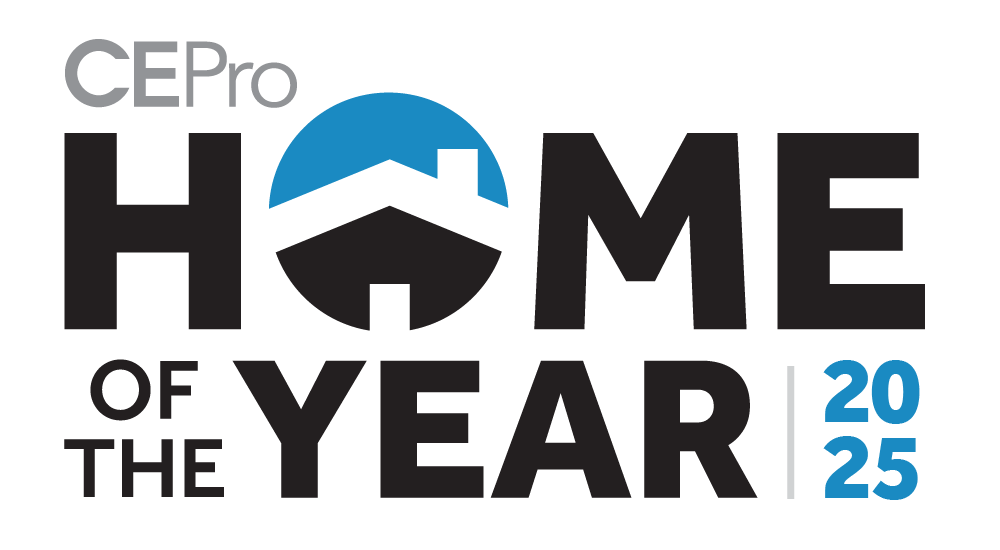We've received lots of inquiries about multiroom distribution systems for HDMI lately, and in particular products that provide basic distribution without all the flair one would expect from a complex matrix, including RF.
The basic RF layout is similar to what’s shown in the first image below. It is made up of transmitters and receivers rather than sources and sinks (displays). Each transmitter can handle one source and each receiver can handle one sink.
Basically each transmitter is a mini HDTV broadcast station and each receiver’s tuner can select each stations channel number; the more channels, the more distribution. They all use your typical 75-ohm coax cable output that can be interfaced to any reasonable quality RF splitter. In the illustration we are using a 1×8 RF splitter for example. Notice the input located in the center is not even used.
This just demonstrates how robust the system is. It really does not care how it is routed, with better than 80dB of dynamic range there is just no stopping the signals’ system throughput.

This is where the features and benefits, or in some cases lack of benefits, come into play. While RF modulation does have some drawbacks, it has some really cool advantages as well. So let’s see how this works.
As noted, each transmitter is a mini broadcast station. It has a local oscillator that can transmit (at least in the sample we tested) up to 100 HD stations using a modified RF digital modulator that has an adjacent channel selectivity of only 4Mhz per channel and 8Mhz of bandwidth.
Keep in mind this is a digital transmission modulator unlike the analog systems of the past; the image below compares this. Here, in the older analog transmission, each station’s selectivity was evaluated by the adjacent channel interference. The skirts of each channel have to be separated enough to avoid any cross-channel modulation. However, looking at the digital realm it becomes rather obvious the efficiency and selectivity of this type of transmission format does not need the necessary channel separation of analog — this increases the amount of channels within the same bandwidth.

In the transmitter/receiver sample we used it involved 100 channels. Each transmitter is assigned a channel number by the user. The channels on the receiver can be selected to whatever source the user wants to view. It now becomes the input switch for each location. In essence, as many as 100 displays and 100 sources can be used in any combination. For example, a user can select six transmitters and 77 receivers if needed — there are really no rules here. We added as many as five combinations of RF splitters with hundreds and hundreds of feet of coax without a transmission hiccup.
The downside is resolution, although it’s not as bad as we anticipated. The units have no trouble handling 1080p with 8-bit color (148MHz). Over that they fall off the map; not bad for your non mission-critical projects.
The beauty of this system is its ease of installation. Everyone has used coax, and F connectors are a walk in the park to install — nothing new for the integrator. You can run these cables all over the place and the system just chugs along transmitting each station. It can become somewhat of a nuisance stacking up transmitters for a job with many inputs, but a little creative rack mounting can resolve that. All in all, this is a well thought-out approach for multiroom HDMI applications.














